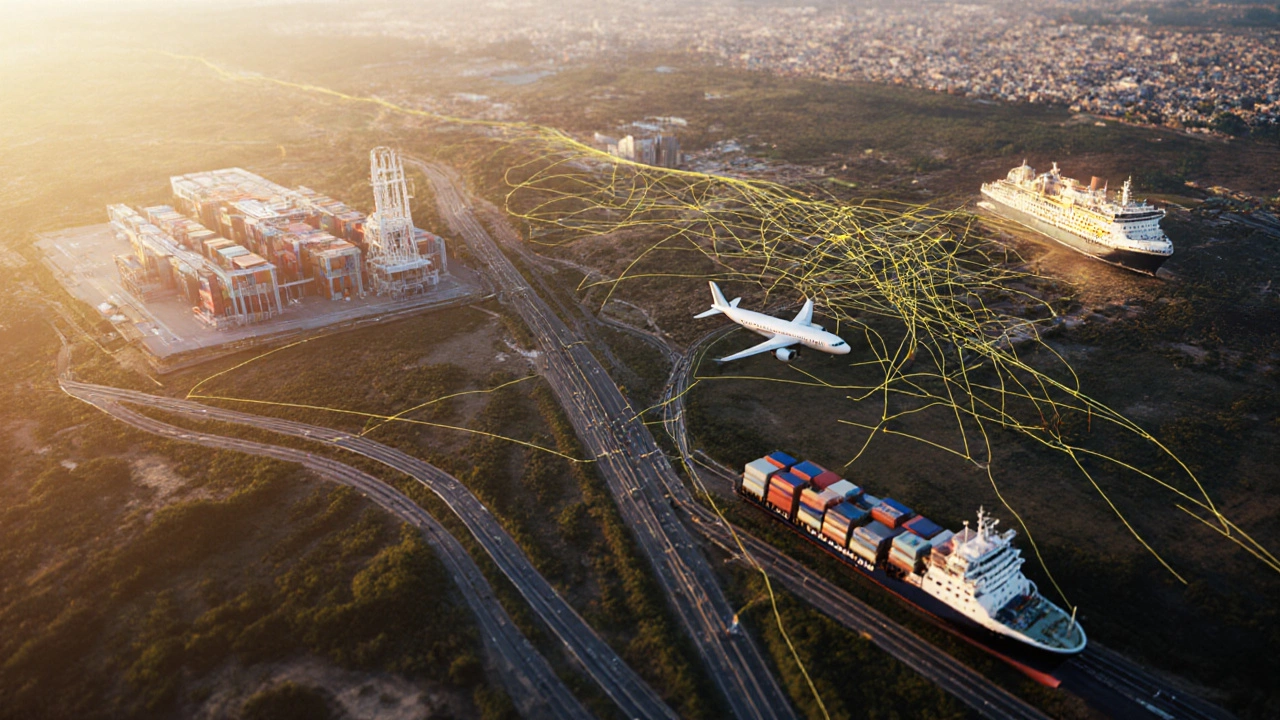Logistics Types: Understanding the Core Categories
When working with logistics types, the various ways goods move from origin to destination, ranging from bulk freight to small parcel services. Also known as logistics categories, they shape how companies plan, execute, and optimize their supply chains. Logistics types encompass freight forwarding, parcel shipping, e‑logistics, and last‑mile delivery, each demanding distinct tools and processes. For example, freight forwarding handles oversized loads across borders, while parcel shipping focuses on speed and tracking for small packages. logistics types are the backbone of any business that needs to move inventory reliably.
Why Understanding Logistics Types Matters
One major related concept is e‑logistics, the digital transformation of order processing, inventory control, and transportation planning. It enables real‑time visibility and automates tasks that used to be manual, directly influencing logistics types by reducing errors and costs. Another key piece is last‑mile delivery, the final stretch of getting a package to the customer’s door. This step often determines customer satisfaction, so businesses fine‑tune routes, use crowd‑sourced couriers, or deploy lockers to speed it up. Both e‑logistics and last‑mile delivery require robust software; a warehouse management system (WMS), software that coordinates storage, picking, and shipping within a warehouse is essential for tracking inventory and preparing shipments efficiently. When a WMS integrates with a transportation management system (TMS), companies can orchestrate the entire journey—from dock to doorstep—without gaps.
Understanding these building blocks lets you choose the right mix for your business. In the list below you’ll find practical guides on UPS package limits, WMS vs ERP comparisons, pallet delivery costs, and strategies to save on international shipping. Whether you’re launching a delivery startup, negotiating freight rates, or optimizing warehouse salaries, the posts cover the full spectrum of logistics types and the tools that make them work. Dive in to see actionable insights, real‑world examples, and step‑by‑step advice that you can apply right away.
Understanding the 3 Types of Logistics: A Clear Guide
Learn the three core logistics types-transportation, warehouse, and distribution-and how they work together. Get clear definitions, real‑world examples, software tips, and a handy comparison table.
Read More